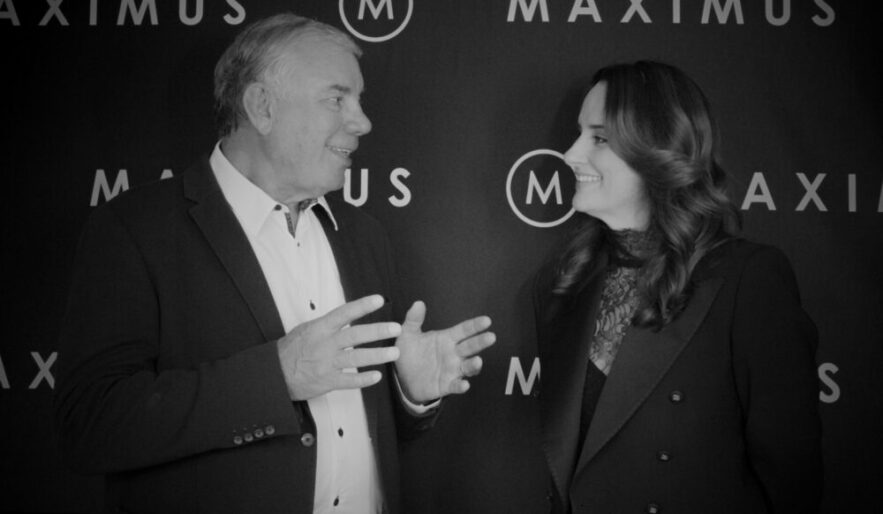Strategic alignment is the process of bringing an entire organisation — including various business divisions, different levels of management, diverse employee groups, and the numerous supporting systems and processes — in line with its overarching strategic objectives. It’s the process of onboarding every individual person and process to ensure that they are all striving toward a shared purpose.
At Maximus, we see organisations that know strategic alignment is important, but that struggle to achieve it. In our experience, what modern businesses struggle with is a lack of focus in their strategy.
Many businesses don’t realise that designing and auditing strategy isn’t a one-off task — it’s an intense, hands-on process that requires you to rethink the way you do business by looking at your organisation, your industry and your market. And it’s a process well worth the effort. After all, if a company can’t create and implement a clear vision, the chances of it being articulated and enabled by its staff are grim. In fact, a recent study found an astounding 70 percent of employees couldn’t identify their employer’s publicly presented corporate strategy.
Over time, many organisations lose track of their key business purpose and they find it hard to answer key questions about their business. So where do you start? While there are plenty of models and resources you can refer to, we think that the following checklist is a useful way to audit your organisation’s strategic alignment around processes, metrics and execution of the plan:
- What have you focused on to achieve process alignment in your organisation? Are the processes reinforcing the right behaviour?
- What are the most critical indicators of performance — lead and lag indicators? How are these used to focus attention and performance?
- In what areas are you investing in efficiencies? How does this relate to decisions about your core competence?
- On whom will you be dependent for the execution of this plan? Do they have sufficient incentive to do their part? Do you have to modify your reward systems to make this happen?
- What are the main assumptions on which your plan is based? Which is the most ‘risky’? (i.e. if it can go wrong, where will it go wrong?)
- How will we know if your plan is working? What indicators can we agree on, and when shall we review them?








